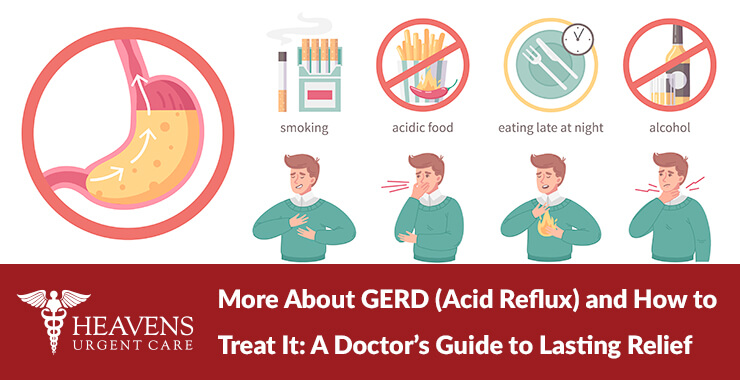Pickleball has rapidly become one of the fastest-growing sports in the U.S., with over 36 million players currently playing in the U.S. But with this surge in players, urgent care clinics, like ours, are seeing a rise in injuries in Arizona, especially among older adults.
If you’re an avid pickleball player—or considering picking up a paddle—it’s important to know the most common injuries, how to treat them, and how to prevent them in the first place.
Research tells us that most pickleball injuries happen in the lower extremities and in adults who are over 60 years of age with the majority of pickleball-related injuries being due to sudden change in direction during play.
What Is Pickleball?
Pickleball is a unique sport that combines elements of tennis, badminton, and ping-pong. It’s played on a smaller court with a paddle and a perforated ball, making it easier on the joints and more accessible for players of all ages and skill levels. However, due to its quick movements, it can lead to injuries, especially when players don’t warm up properly or push themselves too hard.
So, let’s look at the top three injuries seen in pickleball and what you can do to treat—and prevent—them.
Common Pickleball Injuries
1. Ankle Sprains

Ankle sprains are one of the most frequent injuries in pickleball due to the sudden lateral movements and quick changes in direction. Twisting or rolling the ankle can overstretch the ligaments, leading to pain and inflammation.
- What happens: Quick lateral movements, sudden pivots, and lunging for shots put the ankle at risk of sprains, which occur when the ligaments around the ankle joint are stretched or torn.
- Symptoms: Pain, swelling, bruising, and difficulty bearing weight on the affected foot.
- Treatment:
- RICE Method – Rest, Ice, Compression, and Elevation are key to treating mild to moderate sprains.
- Immobilization – For more severe sprains, a brace or even a cast may be necessary to keep the ankle stable.
- Rehabilitation: Physical therapy can help restore mobility and strength. Most ankle sprains heal in about 2-6 weeks, depending on the severity.
- Prevention: Wear supportive shoes designed for court sports and perform ankle-strengthening exercises regularly.
2. Rotator Cuff Injuries

- What happens: The rotator cuff, a group of muscles and tendons that stabilize the shoulder, can be strained or torn with repetitive overhead motions like serving or smashing in pickleball.
- Symptoms: Dull shoulder ache, difficulty reaching behind your back, weakness when lifting the arm, and limited range of motion.
- Treatment:
- Rest and Ice – Stop playing and apply ice to the affected shoulder to reduce inflammation.
- Physical Therapy – Strengthening and stretching exercises for the shoulder muscles can help in mild cases. For more serious injuries, professional physical therapy is necessary.
- Surgery: In severe cases where there’s a complete tear of the rotator cuff, surgical intervention might be required.
- Prevention: Warm up your shoulder muscles with dynamic stretches and arm circles. Don’t forget to strengthen the rotator cuff with specific exercises, such as shoulder presses and internal/external rotations.
One study showed that more females than males presented with pickleball injuries. A possible reason is that older women have decreased bone density, leading to an increased risk of fracture.
3. Tennis Elbow (Lateral Epicondylitis)

- What happens: Though the name comes from tennis, tennis elbow is a frequent issue for pickleball players as well. It’s caused by repetitive stress on the forearm tendons, particularly with gripping the paddle too tightly or improper swing techniques.
- Symptoms: Pain and tenderness on the outer part of the elbow, weakness when gripping objects that may get worse and spread down to the wrist.
- Treatment: Activity modification, ice, medicine, stretching, braces and injections. Surgery is rarely used to treat tennis elbow.
- Prevention: Players should focus on delivering smooth, fluid strokes with controlled movements to minimize stress on the elbow joint. Stay away from excessive wrist flicking or snapping.
- Physical Therapy: Gently add wrist extension and wrist flexion stretches 5 to 7 times a week.
Just last year Arizona saw more than 30,000 games played by over 4,700 excited players.
4. Wrist Fractures
- What happens: Distal radius (wrist) fractures often occur when a pickleball player falls or dive for the ball.
- Symptoms: Severe pain that tends to worsen when gripping or squeezing or moving the hand or wrist. Additionally, there may be bruising and swelling. Severe breaks may present with a deformity or bent wrist. To make a proper diagnosis, a provider will request a wrist x-ray.
- Treatment: Wearing a cast or splint, usually for five to six weeks, followed by physical therapy to gain strength and restore range of motion.
- Surgery: Surgery is recommended if the bone is shifted in a way that it would severely compromise function of the wrist in the future. Depending on the severity of the break, the placement of temporary pins may be used to hold the bone in place are used.
- Prevention: Weight-lifting exercise and making certain that the recommended daily allowance of vitamin D and calcium, as well as sunlight, will improve bone strength and bone health.
Most falls in pickleball happen when the player runs backward to try and return a lob, so remember this: “The ball is not worth the fall!”
Conclusion
As with all physical activity, we recommend stretching prior to and after playing pickleball to help prevent joint tightness and avoid both chronic and acute injuries. Players should also wear proper footwear and protective gear, like wrist guards, ankle braces, and eyewear, and ensure that the court surface is free of hazards.
If you do find yourself with a pickleball injury, please see us a Heaven’s Urgent Care. You can be seen right away for your injury or concern by our expert medical providers.







